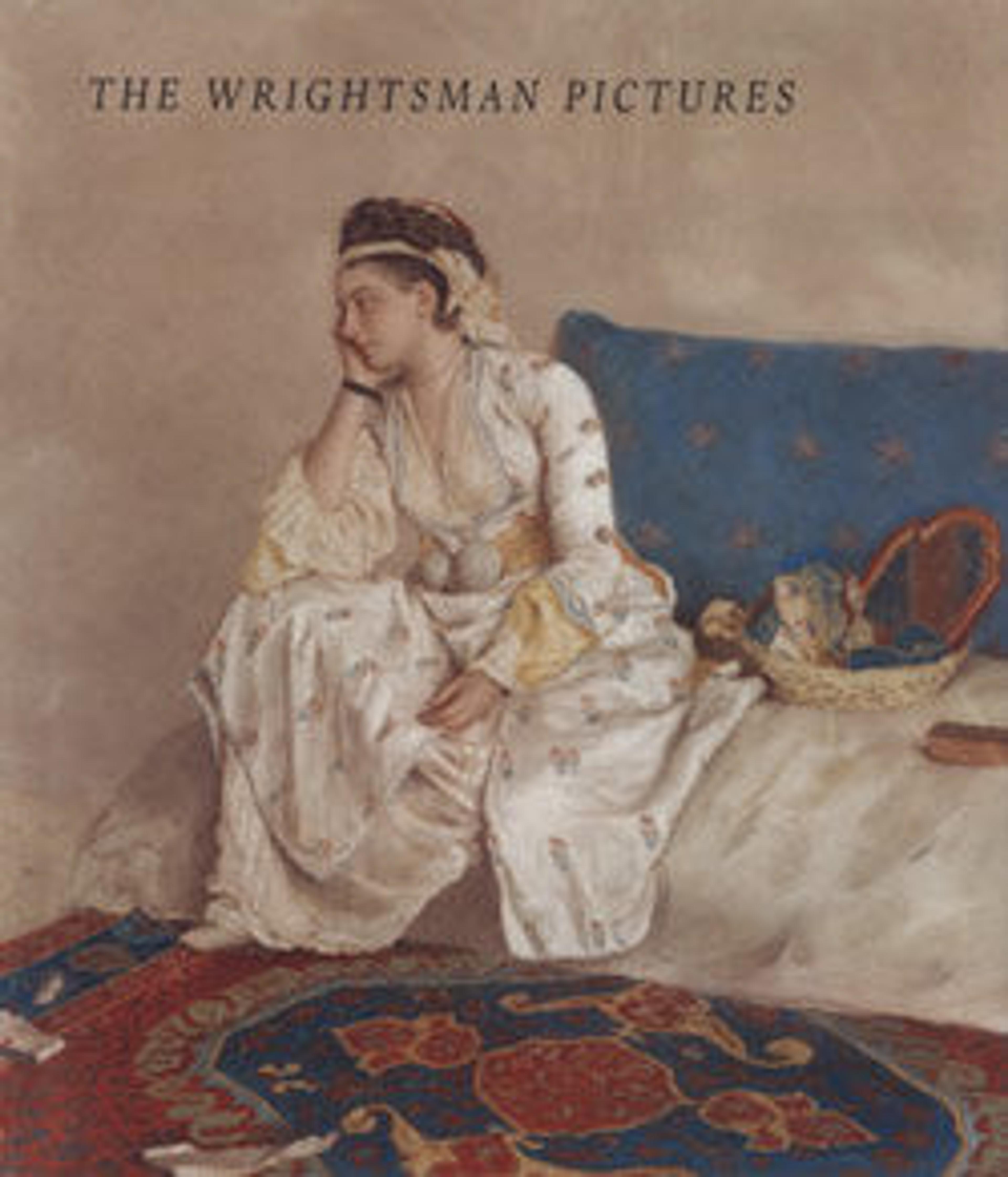The Apotheosis of the Spanish Monarchy
This is one of two oil sketches at The Met that Tiepolo made in preparation for a painted ceiling in Madrid’s royal palace. Typical of Tiepolo’s practice, the final version incorporates elements of both preliminary sketches while also introducing new ideas. Here, Apollo lithely arrives on a bank of clouds while holding a royal scepter and cradling his lyre, the symbol of his domains of music and art. Mercury, messenger of the gods, presents a crown to the enthroned allegorical figure of Spain. Jupiter commands the scene, while Fame blows a trumpet. At lower left, loosely sketched allegories represent continents meant to be seen as subservient.
Artwork Details
- Title: The Apotheosis of the Spanish Monarchy
- Artist: Giovanni Battista Tiepolo (Italian, Venice 1696–1770 Madrid)
- Date: 1760s
- Medium: Oil on canvas
- Dimensions: Oval painted surface, 33 1/8 x 27 1/8 in. (84.1 x 68.9 cm)
- Classification: Paintings
- Credit Line: Gift of Mr. and Mrs. Charles Wrightsman, 1980
- Object Number: 1980.363
- Curatorial Department: European Paintings
More Artwork
Research Resources
The Met provides unparalleled resources for research and welcomes an international community of students and scholars. The Met's Open Access API is where creators and researchers can connect to the The Met collection. Open Access data and public domain images are available for unrestricted commercial and noncommercial use without permission or fee.
To request images under copyright and other restrictions, please use this Image Request form.
Feedback
We continue to research and examine historical and cultural context for objects in The Met collection. If you have comments or questions about this object record, please contact us using the form below. The Museum looks forward to receiving your comments.
